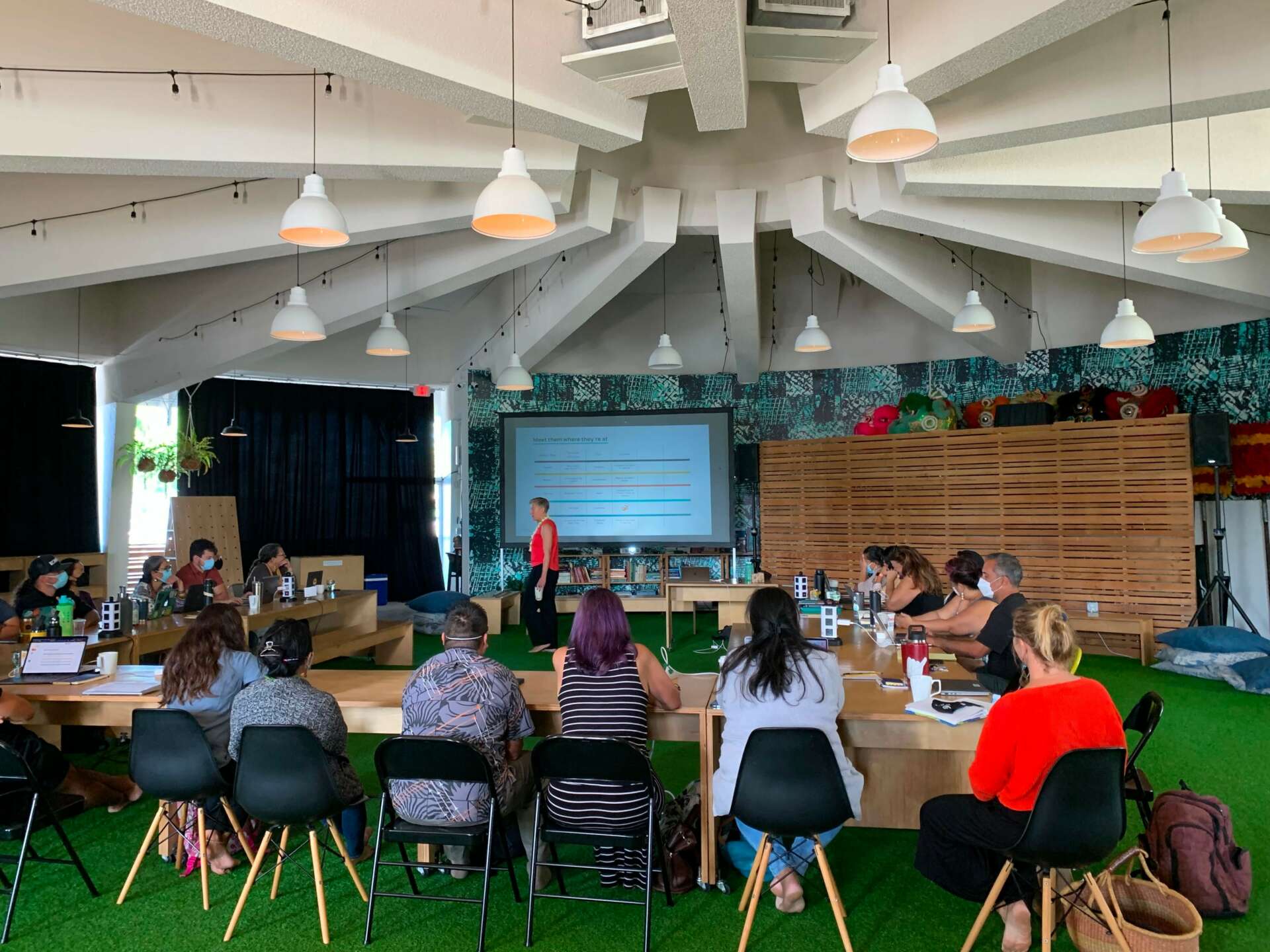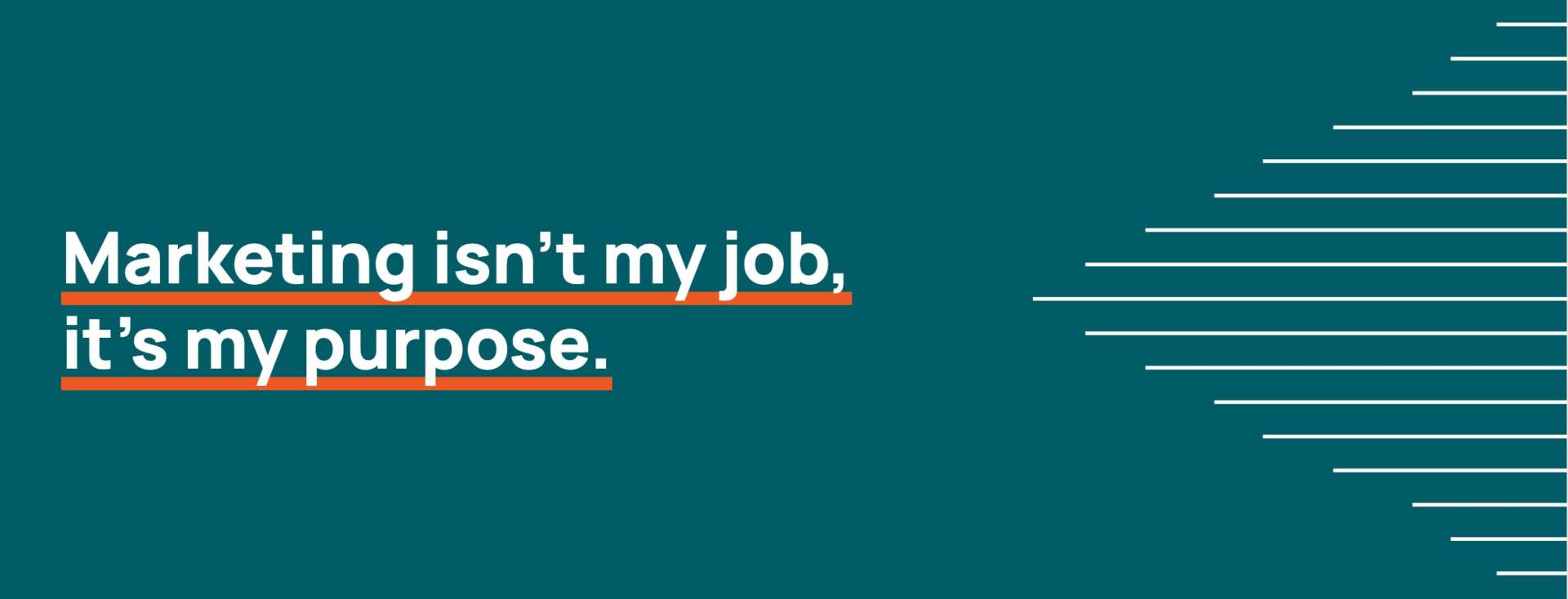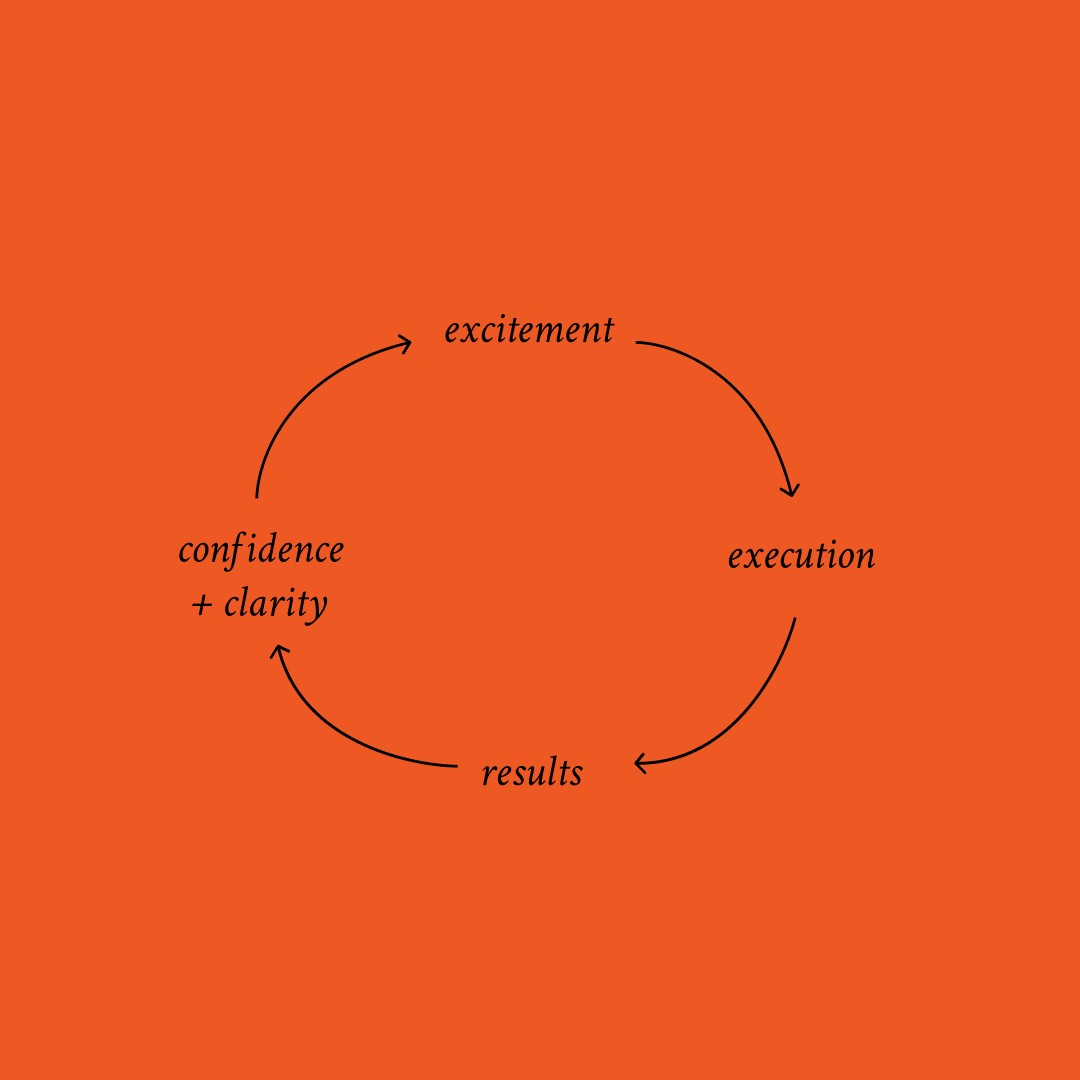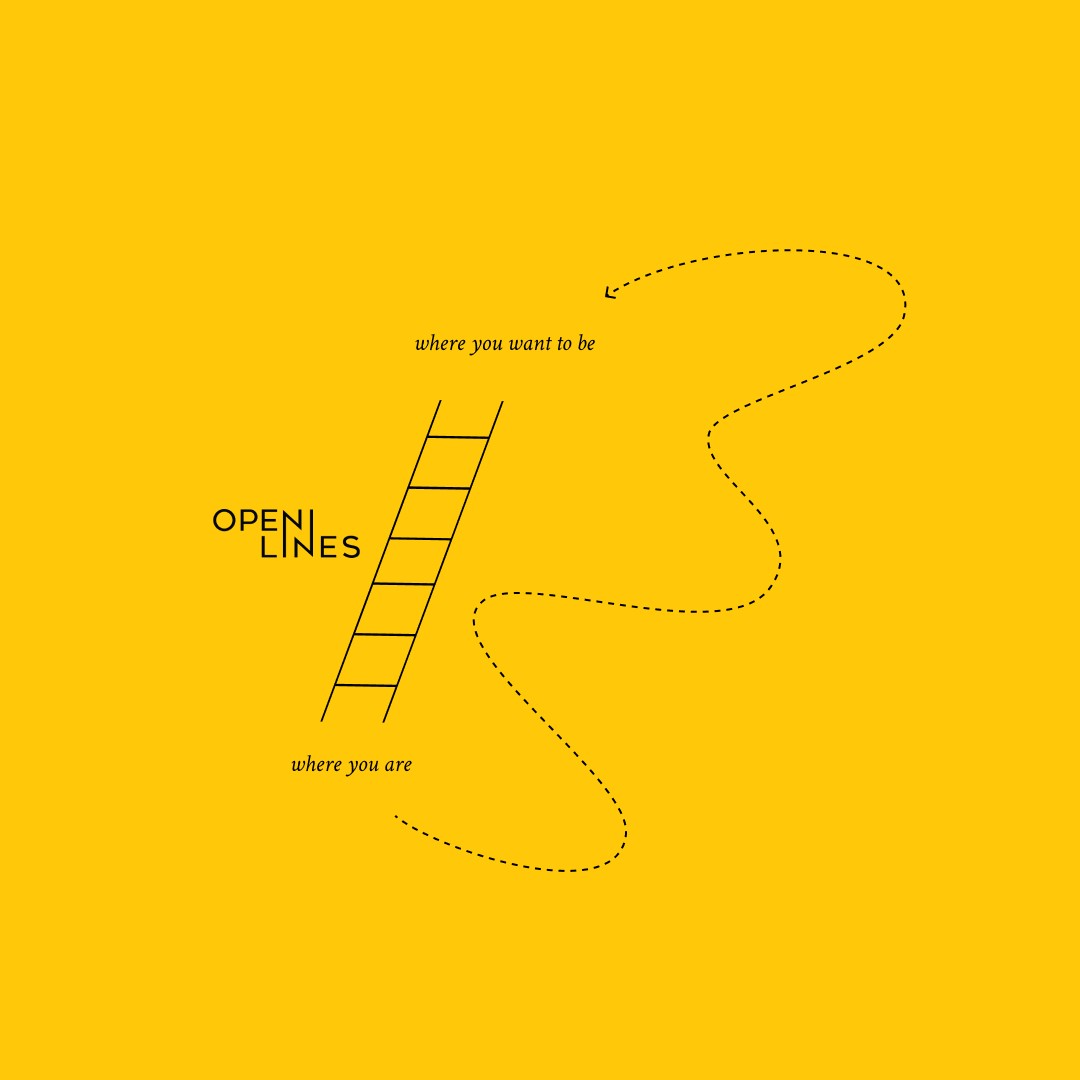Alright – so today we’ve got the honor of introducing you to Lindsay LaShell. We think you’ll enjoy our conversation, we’ve shared it below.
Lindsay, thanks for joining us, excited to have you contributing your stories and insights. What’s the backstory behind how you came up with the idea for your business?
So, the short answer is that it was my clients that gave me the idea but there’s a much longer answer:
As an agency founder and a marketing strategist, I had developed a framework that was designed to solve a specific problem that I saw in a lot of other agencies’ work. It’s really common to have great persona research, and it’s really common to have great branding and messaging strategy. In my experience, agencies do audience interviews and all these branding exercises, and all of those things find their way into a strategic document that then just sits on a shelf. It’s very difficult to connect the dots from that kind of strategy work to the actual marketing product. How does it actually inform what our email newsletter needs to say every month or what our Twitter content should be? We don’t know.
And so, when I started my own agency, it was really important to me that my clients and my team had alignment on who we were talking to, what they needed to hear from us, and where we were tactically those conversations were going to happen. So I developed a framework that we used to develop the strategies for our clients at the marketing agency that I started and was running when the pandemic hit.
As with a lot of other industries, marketing took a huge hit in spring of 2020. We lost a bunch of our retainer clients. I was sort of scrambling, trying to find work, and I was talking to people who would normally have been interested in becoming clients, but nobody was making six-figure commitments to marketing content in the summer of 2020.
I started having more and more sales calls with people that I normally wouldn’t have talked to – contacts from events that I had been to or introductions to friends of friends. I would tell them about my work, and I would tell them about my agency, and what we did. I kept hearing the same thing, which was, “I don’t need you to do the marketing for me, but I need a plan,” or “I don’t know what to do. If you can tell me what to do then I can do it myself,” and so it was like a light bulb went off in my head.
I had the framework that I had been using with agency clients, and so I shifted it into a consulting model. It used to be a thing we did for our clients in order to establish the marketing plan that we were going to execute, but instead, it became this very deep, collaborative experience where I do it hands on with my clients, in order to get them to where they need to go in order to be ready to do their own marketing.
So I tinkered with the model and wrote a consulting proposal. I teased it out into what I thought they needed and I called five different prospects and three of them became my clients. So that was a lot of validation for me right off the bat – that the thing that I was offering was really useful. Over the next several months working with those first clients, I honed my practice and I learned a lot about how I can make it even more impactful.


Great, appreciate you sharing that with us. Before we ask you to share more of your insights, can you take a moment to introduce yourself and how you got to where you are today to our readers
My professional background is all over the map. Each time that I zigged or zagged, I wasn’t really following any kind of path or working toward any kind of goal. I was just doing the next thing that made sense, until late 2020 when I pivoted into my current role as a Marketing Activist at Open Lines Marketing. This is the first time I’ve truly felt like my experience, my strengths, and my passions are all aligned, and it is glorious.
My career began in startups in the Bay Area in the late ‘90s, and that was really fun, of course. In that first round of lots of tech startups with venture capital there was so much potential and so much excitement, but I became really disillusioned. I observed that there was a lot of misapplied privilege, a lot of rich folks moving around other rich folks’ money, without really doing anything useful at all, except for redistribution of wealth. That experience sent me into a very idealistic phase.
I decided to go back to school to get my teaching credential, and I taught elementary school – first in Oakland Unified, and then in West Contra Costa and finally in San Diego. I learned a ton more there about privilege — my own and others’ — but in the end it was too hard for me to keep going in that career: I had student loan debt; I was single, so I didn’t have a lot of emotional support; and it was just really tough.
After five years, an entrepreneur that I had worked with the first time I was in startups recruited me back into technology, and I worked with him for a long time. It was a really exceptional opportunity where we were just doing everything in-house. It was a startup situation, but it was all self-funded – there was no venture capital. We spent a lot of time optimizing what we had to make sure that we were maximizing the opportunity that was there. I also got to be a part of thinking about the new ideas – we were always asking “what else should we try?” – and when we decided on an idea, I would get to help build it. This meant managing the developers, or the content writers, or creating the messaging strategy, or whatever it was.
When that position ended, I transitioned into marketing agencies. I loved agency work because there was always something new to learn when the clients came from so many different industries and areas. So after many years in other peoples’ agencies, I started my own in 2016. As a new entrepreneur, I didn’t know what I didn’t know: I didn’t know that my network was the thing that could make or break the entrepreneurship journey; I didn’t know how difficult or how rewarding it would be to hire, train, and manage employees. It was really a grand experiment, and I loved every minute of it. It was the hardest and most important thing I had done in my life up until that point, and I was incredibly proud of it.
But when the pandemic changed the size and shape of my business, it was really an incredible gift for me. As an agency owner, I was trying to be values-aligned. We worked with non-profits, and we worked with underrepresented entrepreneurs and purpose driven organizations. We earned our B Corp certification, which I’m very proud of. We were also working with clients that I was not super proud of, but being exclusively purpose-driven wasn’t always an option. Sometimes I had to prioritize the viability of the business over my ideals, or even just my hope and desire that our work would be generating a positive impact.
So when I switched away from the agency services model and into the consulting model as a result of the pandemic, this was the first time that I had figured out how to use my skills and also serve my purpose. Now the thing that I do is I help underrepresented entrepreneurs, which I define as those who identify as women, nonbinary, queer, people of color, or folks who in some other way are not what your typical American entrepreneur might look like. Those are all purpose-driven people as far as I’m concerned, because when they succeed, then the world becomes more equitable and more just. I still work with B-corps and other purpose driven organizations and nonprofits, but my role now is to help these organizations do their own marketing better.
I solve marketing for them so that they can focus on solving the more important problems: the reasons why they’ve started their business, or the reasons why they work at that nonprofit. I see my role now as leverage. I think great marketing can be accomplished in lots of different ways, but I know that when it’s empathetic, and when it’s thoughtful, and when it’s strategic, then it’s a lot cheaper to do it well, and that’s what my clients need.


Has your business ever had a near-death moment? Would you mind sharing the story?
There are a few interesting moments here, all of them are related to the transition that my business went through as a result of the pandemic.
From February to April, 2020, my marketing agency lost about 80% of our monthly recurring revenue. Aside from the attrition caused by the first shut-downs, we lost a big client for reasons unrelated to the pandemic. Being a San Diego-based agency, with a heavy concentration of retainer clients in the tourism and hospitality industry, when the pandemic hit, our client base was mostly shut down. We also had a few financial hits: I made a bad hire, and as anybody who’s ever done that knows, it’s really expensive.
The PPP loans happened quickly, but not that quickly, and I had all these employees that I needed to pay. I knew that they would keep their health insurance if they stayed above 50%, so I knocked everybody’s hours down to halftime so that they could keep their health insurance. I actually fired myself – as the owner of the company – because I can still get health insurance as a benefit, even if I’m not on the payroll, and I started collecting unemployment. Since most of my team didn’t even have 20 hours a week of work, we did a lot of volunteer work – pro bono workshops and pro bono marketing consulting for nonprofits and startups.
Your question asks about stories of “near death” moments, but I guess you could say this was the death and rebirth of my business. I’ve already described the transition of how I went from that agency that provided services, to a solo shop where I’m a consultant helping my clients make their own plans; but the thing that I am super proud of in this transition is that my employees were all able to find other opportunities for themselves, and I only had to lay-off one person as I was transitioning the business.
While the PPP loan obviously helped us carry on as long as we needed to, which was wonderful, I did have a big, personal win which helped keep the business running. I had just signed a three-year lease extension on my officespace in September 2019. All of a sudden, I didn’t need the office for myself, let alone for a bunch of employees, but my landlord was not inclined to let me out of the lease. After consulting with a couple of lawyers about my options, I approached the landlord to negotiate the termination. I told him that I had neither the need for the space, nor the revenue to pay for the remaining $150-$200,000 I owed on the lease. I told him that my lawyer had advised me that, due to the pandemic, it would be months or years before courts would hear the case if he sued me to honor the lease, during which time he wouldn’t receive revenue, and that declaring bankruptcy would cost me about $10,000 in legal fees. So I offered him the $10,000 I would have otherwise paid for bankruptcy legal fees as a termination fee, and he accepted.
I’ll never forget the relief that I felt when that was finally settled. These days, I’m happy to run a business that is just much leaner all around, because there’s so much less stress. Still, I’m proud of the fact that when it was really hitting the fan for my business, I was able to get creative and collaborative in order to stay true to my values throughout.
If you have multiple revenue streams in your business, would you mind opening up about what those streams are and how they fit together?
Great question! This is actually really important for my business, because as a solopreneur, I am the only revenue generating source for my business. I understand that in order to scale beyond how many clients I can serve in a week requires that I get a little bit creative, so I spent a lot of time thinking of opportunities.
It turns out that what’s great for me is also even better for my clients, and better for the purpose and the impact that I’m trying to generate. I work with my clients in a bunch of different ways, and each of them is designed to be accessible in a different way. The founding premise of Open Lines Marketing is that past access to resources should not determine future access to resources. I want underrepresented founders particularly, but also nonprofits or early stage startups to have access to much better marketing. I don’t want them to be limited just because they are new or don’t have a ton of money to spend.
Here’s what that looks like. I work one-on-one with clients, whether they’re entrepreneurs, or entire marketing teams, they have my undivided attention, so obviously this doesn’t scale. This is the most expensive of the models, which I offer on a sliding scale basis – the larger your revenue is, the more you’re going to pay me even though the services are the same.
Apart from the one-on-one consulting, I can also do a small group sprint, in which you get the same content as the one-on-one consulting, except instead of that deep, custom, personalized collaboration, we do it in a small group with six organizations. Usually these are smaller organizations, often very new, and they pay a lot less because we’re doing it with six of us together. It is also available to be scaled down further into a one day “bootcamp” for a maximum of twelve organizations; where we literally show up in the morning and, over the course of a day, I lead them through the processes that will get them a complete and strategically informed marketing plan.
It gets even more accessible from there. I’m in the process of outlining and creating online courses so that folks can educate themselves on their own schedule. In addition to that, I’m writing a book which will essentially be a handbook, almost a workbook, for how to use the Open Lines Marketing Framework in order to plan your own marketing even if you’re not a marketer, if you’re not a writer, if you’re not an expert in these things. The framework really provides enough guidance that for whatever the investment – 20 or 30 bucks – you’ll get really great tools that can help you operationalize empathy and turn it into great marketing.
The last revenue stream that I have planned is to offer a certification for other marketers. I’d love to have more young marketers learning to think about their work as serving future customers, rather than the traditional approach of sewing fear and scarcity. The benefits of using the framework are especially valuable to any organization that has limited resources for their marketing, but more so for those that prioritize empathy and service.
That’s how I have envisioned the different revenue streams. Obviously, some are passive, some are active. They’re all over the map, but it’s really important to my ability to meet my financial goals while still supporting my mission to make good marketing and business success more accessible to purpose-driven organizations.
Contact Info:
- Website: https://www.open-lines.co/
- Instagram: https://www.instagram.com/openlinesmarketing/
- Linkedin: https://www.linkedin.com/in/lindsaylashell/
- Twitter: https://twitter.com/Open_Lines


